Cancer Epidemiology and Prevention
.jpg)

Title Details
4th Ed.
2018 © Oxford University Press
Michael Thun, MD, MS; Martha S. Linet, MD, MPH; James R. Cerhan, MD, PHD; Christopher A. Haiman, SCD; David Schottenfeld, MD, MSC
ISBN-13: 978-0-19-023866-7
eISBN-13: 978-0-19-023867-4
Oncology, Epidemiology
Additional Details
Since its initial publication in 1982, Cancer Epidemiology and Prevention has served as the premier reference work for students and professionals working to understand the causes and prevention of cancer in humans.
Now revised for the first time in more than a decade, this fourth edition provides a comprehensive summary of the global patterns of cancer incidence and mortality, current understanding of the major causal determinants, and a rationale for preventive interventions. Special attention is paid to molecular epidemiologic approaches that address the wider role of genetic predisposition and gene-environment interactions in cancer etiology and pathogenesis.
New and timely chapters on environmental and social-epidemiologic factors include:
- • The role of social class disparities
- • The role of obesity and physical inactivity
- • The potential effects of electromagnetic fields and radiofrequency radiation
- • The principles of cancer chemoprevention
For both seasoned professionals and newer generations of students and researchers, this fourth edition of Cancer Epidemiology and Prevention remains the authority in the field -- a work of distinction that every lab, library, student, professional, or researcher should have close at hand.<
New to this Edition:
- • Thorough updating of chapters on the causes of cancer and cancer by tissue of origin
- • New or updated chapters on basic biology; molecular biomarkers; tumor genomics; genetic modifiers of environmental risks; social class disparities in incidence and mortality; obesity; physical activity; immunologic factors; endogenous and exogenous hormones; chemoprevention; electromagnetic fields; and radiofrequency radiation
The intended audience is researchers in cancer epidemiology and/or preventive oncology. Given the broad scope of topics, the well-written summaries, and the relevant and topical concepts, the book could be recommended as an appropriate and highly useful resource for any students or research scientists interested in the impact of cancer at the population level. The contributing authors are prominent scholars in the field, with chapters often written by preeminent experts in the specialty or focus area.
Doody's Review
"While the topics in this book are so thoroughly covered that experienced cancer epidemiologists will likely stumble across new material, the book also provides enough background information and definitions of terms for even early-career students to find it useful. This edition is clearly substantially updated, providing insights on new findings and a focus on emerging topics of interest. This will easily serve as a go-to resource for those working in the field of cancer epidemiology."
-- Natalie Del Vecchio, MS, BS (University of Iowa College of Public Health) Doody's Review
"The definitive reference for budding and experienced cancer epidemiologists alike."
-- American Journal of Epidemiology
"Practitioners in epidemiology and oncology will find immense value in this."
-- JAMA
"Cancer Epidemiology and Prevention 4 is a worthy successor to the earlier editions as the 'go to' text for cancer epidemiology."
-- Bruce K. Armstrong, international Journal of Epidemiology
"Since its initial publication in 1982, Cancer Epidemiology and Prevention has served as the premier reference work for both students and professionals working to understand the causes and prevention of cancer in humans. Now revised for the first time in more than a decade, this fourth edition provides an updated and comprehensive summary of the global patterns of cancer incidence and mortality, current understanding of the major causal determinants, and a rationale for preventive interventions.""
-- Anticancer Research
"The much awaited fourth edition is a welcome update of the third, published in 2006. As before, it is an important addition to any university library hosting cancer researchers, health policy makers in cancer agencies, environmental health agencies or, non-government o
Score: 98/100
Stars: 5


Table of Contents
Similar Resources

The Power of A Digital Library
TDS Health titles provide the latest healthcare information in a customizable and convenient format. STAT!Ref goes where you go, accessible by desktop, laptop, wireless or web-enabled mobile devices. Harness the power of learning in you hands.


















